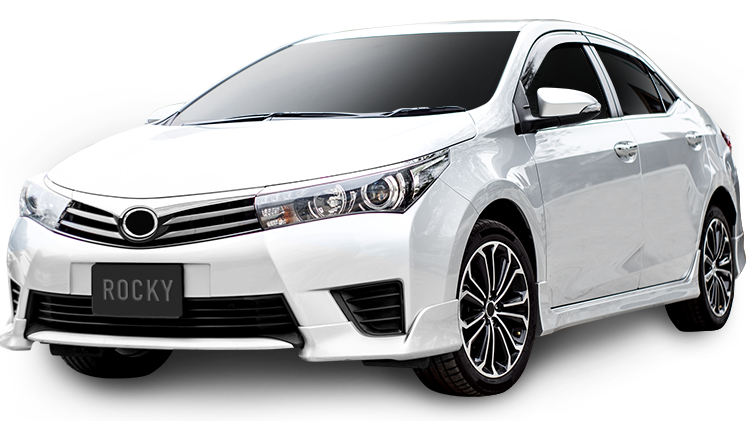Peterbilt 352 Windshield Replacement Cost
The Peterbilt 352, a model introduced in the early 1960s, is an iconic cab-over-engine truck that rose to fame as a staple of long-haul trucking in America. Known for its robust design and versatility, the 352 was one of the first models to feature the now-famous “Pacemaker” cab style. Some interesting trivia includes its popularity in the 1970s as the “King of the Road” and its appearance in movies and television, cementing its place in pop culture history.
When considering the windshield replacement cost for the Peterbilt 352, several factors come into play. One significant consideration is the presence of Advanced Driver Assistance Systems (ADAS), which include sensors and cameras integrated into the windshield in later model years. These systems can significantly increase replacement costs due to the need for recalibration post-installation.
Trim levels can also influence the windshield replacement cost. Higher trims with additional technological features or specialty glass tinting may demand a premium for replacement parts compared to more basic trims. Availability of aftermarket parts is another aspect that affects pricing. Older models, particularly those from early production years, might have limited aftermarket options, driving costs up as original equipment manufacturer (OEM) parts become scarce.
Model year changes had a substantial impact on pricing as well. For example, significant redesigns in the late 1970s and the introduction of electronic components in the windshields around the 1980s necessitated more complex and costly replacements. Therefore, understanding the specific year and configuration of a Peterbilt 352 is crucial in estimating the windshield replacement cost accurately.
Get in touch with Auto Glass Estimator™ today to sort out your auto glass problems. We’re here to help!
Peterbilt 352 Average Windshield Replacement Cost By Year
Not all windshields are built—or priced—the same. The cost to replace the glass on a Peterbilt 352 depends on its year, trim level, and the amount of technology integrated into the windshield itself. Our average pricing reflects real-world replacement data across thousands of vehicles, then adjusts for the specific features found on your Peterbilt 352. Here’s how the range breaks down:
High-End Range
Some Peterbilt 352 configurations—especially newer or premium trims—come equipped with Advanced Driver Assistance Systems (ADAS) such as lane-keeping cameras, rain sensors, heated glass, or heads-up displays.
These require OEM-grade glass and a full ADAS recalibration after installation. Because of the precision equipment and labor involved, these versions land at the top end of the price range.
Mid-Range
Many modern Peterbilt 352 vehicles include a few key sensors, like forward-collision or lane-departure cameras, but don’t need OEM glass. These jobs involve some recalibration and additional setup beyond a simple install, which places them in the middle of the pricing spectrum.
Low-End Range
Base trims or older Peterbilt 352 versions usually feature plain laminated glass with no built-in electronics. These are the most straightforward to replace, requiring no recalibration or specialty parts, and therefore fall in the lowest cost tier.
| Year | Average Price |
|---|---|
| {Year1} | {Price1} |
| {Year2} | {Price2} |
| {Year3} | {Price3} |
| {Year4} | {Price4} |
| {Year5} | {Price5} |
| {Year6} | {Price6} |
| {Year7} | {Price7} |
| {Year8} | {Price8} |
| {Year9} | {Price9} |
| {Year10} | {Price10} |
| {Year11} | {Price11} |
| {Year12} | {Price12} |
| {Year13} | {Price13} |
| {Year14} | {Price14} |
| {Year15} | {Price15} |
| {Year16} | {Price16} |
| {Year17} | {Price17} |
| {Year18} | {Price18} |
| {Year19} | {Price19} |
| {Year20} | {Price20} |
| {Year21} | {Price21} |
| {Year22} | {Price22} |
| {Year23} | {Price23} |
| {Year24} | {Price24} |
| {Year25} | {Price25} |
| {Year26} | {Price26} |
| {Year27} | {Price27} |
| {Year28} | {Price28} |
| {Year29} | {Price29} |
| {Year30} | {Price30} |
| {Year31} | {Price31} |
| {Year32} | {Price32} |
| {Year33} | {Price33} |
| {Year34} | {Price34} |

